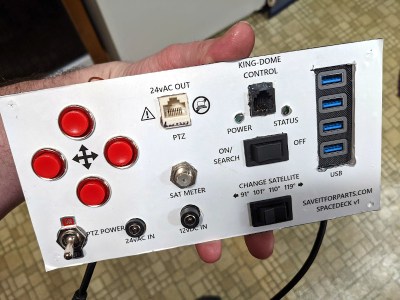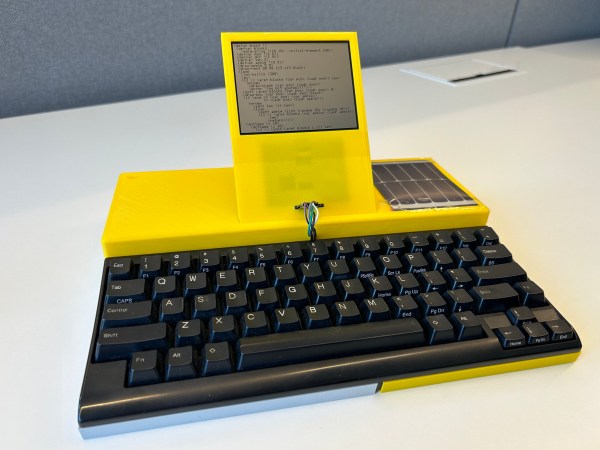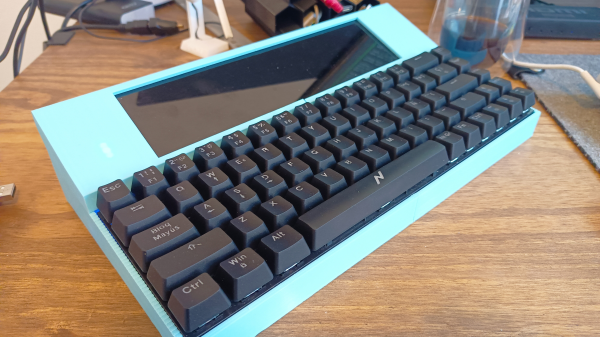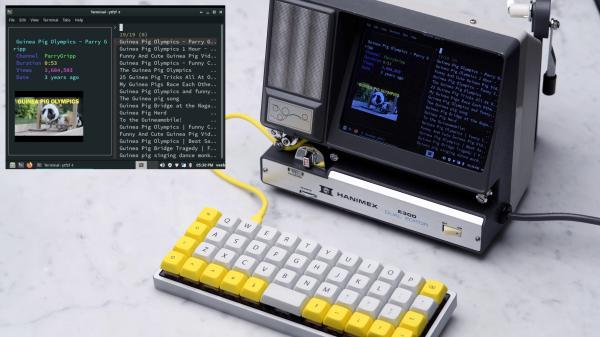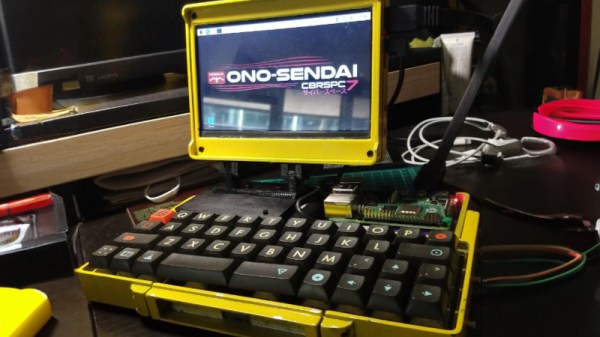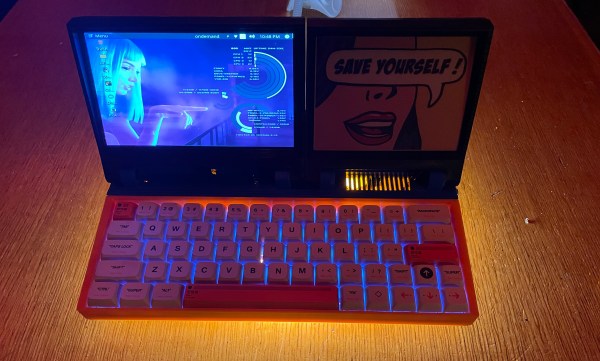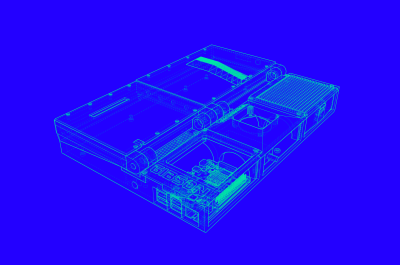The modern laptop is truly a masterpiece of engineering, craming an incredible amount of processing power into a thin and lightweight package that can run for hours on its internal batteries, all for just a few hundred bucks. Combine that with the ubiquitous smartphone, and it’s safe to say that the state of mobile computing has never been better.
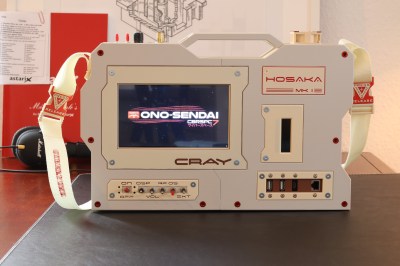 Despite this, over the last several years we’ve watched cyberdecks go from a few one-off examples to a vibrant community of truly personal computing devices. While there are some exceptions, most of them are larger, more expensive, and less portable than what’s available on the commercial market. But that’s not the point — a cyberdeck should be a reflection of the hacker that built it, not the product of a faceless megacorp.
Despite this, over the last several years we’ve watched cyberdecks go from a few one-off examples to a vibrant community of truly personal computing devices. While there are some exceptions, most of them are larger, more expensive, and less portable than what’s available on the commercial market. But that’s not the point — a cyberdeck should be a reflection of the hacker that built it, not the product of a faceless megacorp.
Which is why we’re excited to officially announce the 2023 Cyberdeck Challenge, starting now and running all summer through to August 15th.
Whether it’s a ridiculously over the top wearable that wouldn’t look out of place in a cyberpunk anime or a pocket-sized gadget that you operate with a handful of unlabeled buttons, we want to see it. All we ask is that it be a functional device capable of some useful amount of computing, anything beyond that is up to you. Turn in one of the top three designs, and you’ll earn a $150 USD DigiKey shopping spree, just what you need to pack a few extra bells and whistles into your rig.
Continue reading “Jack In, The 2023 Cyberdeck Challenge Starts Now”



